Life as we Grow It: Fitness as a Life Skill for Special Needs Populations
“Kettlebell and the sandbag,” Nico states as I’m preparing for him to do squats.
“You want to do farmers carries?”
“Yes,” he says in a soft voice but with an assurance that tells me he’s not just randomly calling out an object in the room.
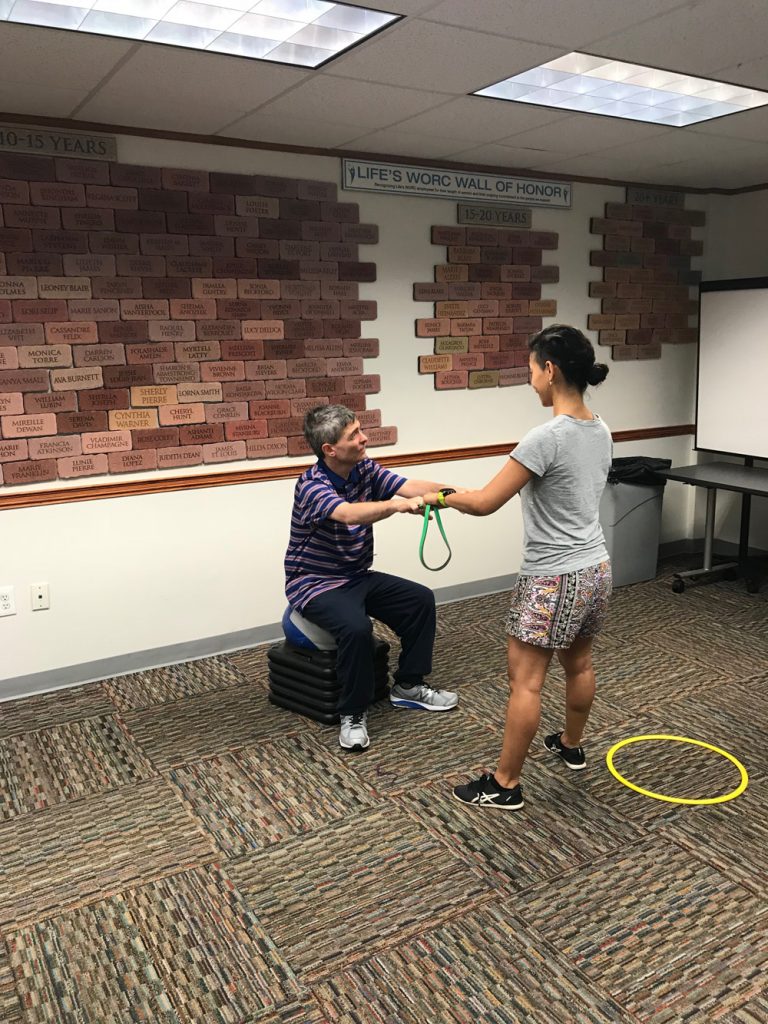 “Awesome. Yes, you can definitely do farmers carries right after this set of squats, okay?”
“Awesome. Yes, you can definitely do farmers carries right after this set of squats, okay?”
“Yes,” he says, in the same low but definitive tone. I’m thrilled. Farmers carries involve roughly 3 steps; Pick something(s) heavy up, carry them while maintaining an upright, healthy posture, and put them down with control, sometimes with less control than other times. Farmers carries have fantastic generalization to other life skills, yes, carrying things of course, in addition to maintaining trunk stability and gait pattern (think climbing two or three flights of steps).
When we consider fitness as a life skill rather than something individuals with ASD and related special needs either “like” or “don’t like” the focus becomes less on “if/should” and more on “how/what.” We’re not just talking about young populations either. Fitness over the lifetime has immense benefits for both short- and long-term development, both proactive and reactive qualities.
That fitness and physical activity are only for young populations disregards the true value of progressive movement programs. As we age, the importance of strength, stability, and motor planning increases, as these are skills that degenerate with age and dis- or non-use. The result is costly, both in quality of life and financially. Consider the healthcare costs for a 55 year old individual with pervasive Autism Spectrum Disorder (ASD), diabetes, and compromised mobility. Two out of these three complications are entirely avoidable. They are also, with the proper fitness and nutritional interventions, reversible.
Quality of life can be a general, not-certain-what-we-mean-by-this-but-sounds-good term unless we consider it with respect to what those in our care can do and what skills will allow them to be more independent, healthier (physically and emotionally), and enable them to connect with others (building community) in meaningful ways. We also want to consider stress levels and longevity. What does life look like and feel like for a non-verbal individual in his/her 20’s? 30’s? 60’s? How can we ensure the best possible present and future for them?
Let’s take away “Doesn’t like to exercise.” Let’s get rid of that. In fact, I don’t even know what that means. Our definitions and perspectives on exercise programs may a “little” different. I get this interaction a lot;
“Kevin hates exercise.”
“What do you mean by exercise?”
“Oh, well we had him run on the treadmill for five minutes and he hated it and doesn’t want to do it again.”
The fault isn’t in the trying. There is no fault. There is, however, a lack of information about the components of an appropriate fitness program. So here are the rules;
- We use exercises that will have the greatest benefit/generalization to life skills. These include squatting, pushing, pulling, carrying, and locomotion.
- We get a baseline understanding of what an individual can currently do.
- We progress exercises and movements once an individual demonstrates mastery.
What do we do? What do we doooooooooooooo? What exercises do our athletes need? What’s age appropriate? Are there super special special needs exercise?
The thing about fitness is that we’re doing it with human beings (goat yoga being a hideous exception). Since we’re doing it with human beings, we’re looking at human movement patterns and our individuals with ASD and related special needs are no exception.
The key is learning to what degree an exercise or movement needs to be simplified (regressed) or made more challenging (progressed). This is where baseline comes into play. If where know where our athlete is starting with an overhead Sandbell press, we can decide on an appropriate course of progression, maybe increasing the weight by 4lbs once they can complete 10 repetitions independently.
Understanding how each movement relates to quality of life is helpful. So let’s review that.
Squatting:
- Maintaining healthy posture when sitting/standing
- Increasing low body strength for walking/climbing (stairs, etc.)
- Sustaining healthy posture
- Prevention of low back pain
- Increased trunk/core stability
Pushing:
- Shoulder stability when reaching/placing items overhead
- Trunk stability and postural control when holding weighted objects
- Increasing general upper body stability for fine motor movements
Pulling:
- Development of upper back muscles to decrease forward posture
- Increased range of motion for shoulders
- Trunk stability when opening doors, dragging laundry bags
- Increased control when grabbing objects from above or below
Carrying:
- Being able to move objects from one place to another independently
- Increasing postural control and strength endurance (the ability to do a task for a longer period of time)
- Gait patterning
- Groceries/laundry/boxes/etc.
Locomotion:
- Getting from point A to point B with minimal discomfort
- Establishing coordination and motor planning for multi-step activities and ADLs (cooking, taking out the garbage, showering)
- Decreasing latency (catching the bus, getting to the car in less time)
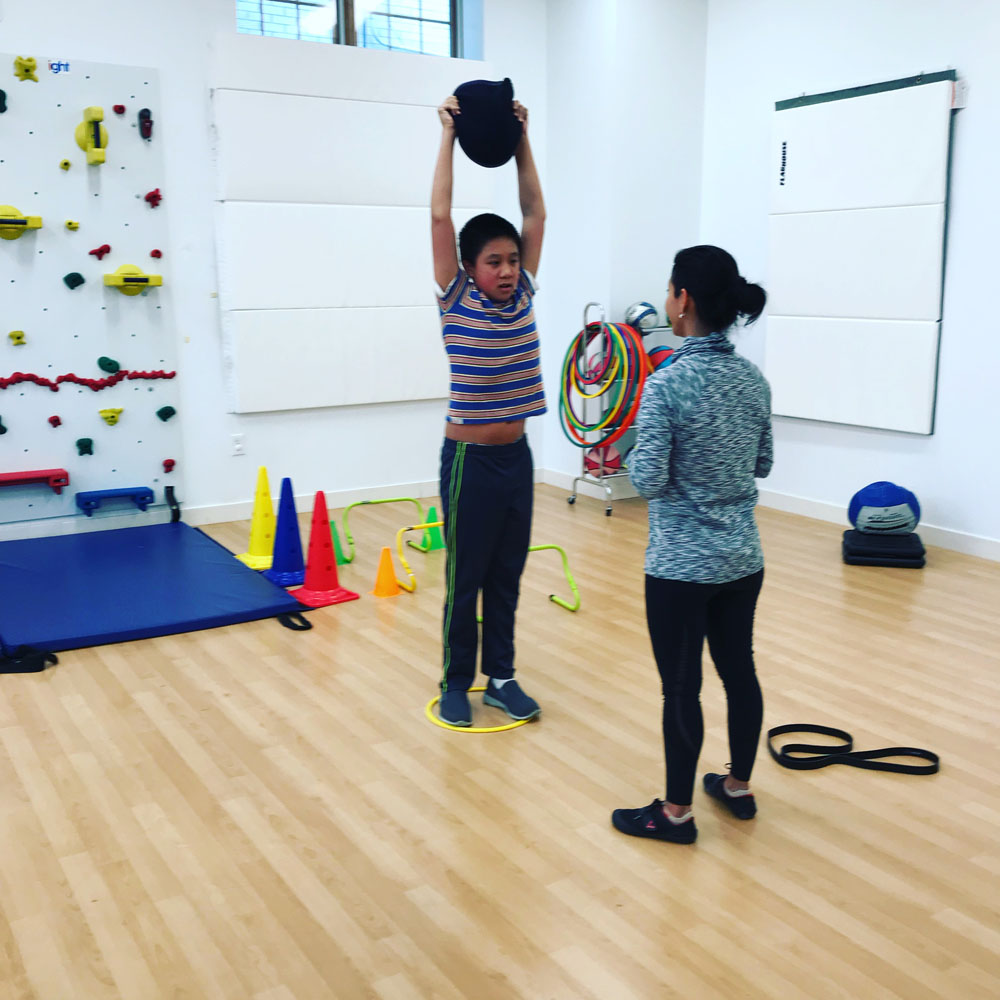 The reasons why our Autism Fitness programming focuses primarily on developing strength, stability, and motor planning in these movement patterns is because these are the most common deficits and will have the greatest short- and long-term benefit for our athletes. We want to build a physical ability and progress as the athlete demonstrates their improved capabilities.
The reasons why our Autism Fitness programming focuses primarily on developing strength, stability, and motor planning in these movement patterns is because these are the most common deficits and will have the greatest short- and long-term benefit for our athletes. We want to build a physical ability and progress as the athlete demonstrates their improved capabilities.
Programming, for individuals and groups, should include each of these exercises at a level of challenge where the athlete can perform the movement safely and with good technical form. We don’t just have our athletes move a lot, but coach healthy movement. This is why regressions in exercises are so critical and why we spend so much time with them in the Autism Fitness Level I Certification seminars.
As professionals working with and enhancing the lives of individuals with ASD and other developmental disabilities, there is a responsibility to provide life-enriching skills and opportunities. So much of this can be found in effective fitness programming. In both reducing the instances of health complications and increasing independent life skills, we can used the development of strength, stability, and motor planning to help build our athlete’s futures.
Photos provided by Eric Chessen.
Eric Chessen, M.S., is an Exercise Physiologist with an extensive background in Applied Behavior Analysis. Eric provides on-site and distance consulting worldwide. He is the founder of Autism Fitness®, offering courses, tools, resources and a community network to empower support professionals to deliver adaptive fitness programming to anyone with developmental deficits to create powerful daily living outcomes that last a lifetime.

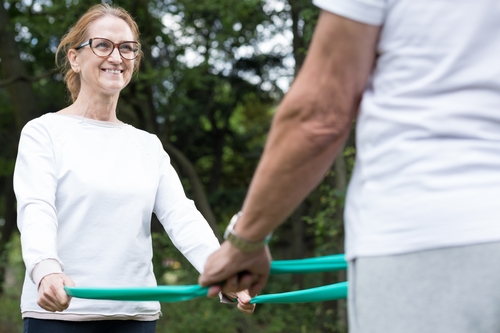
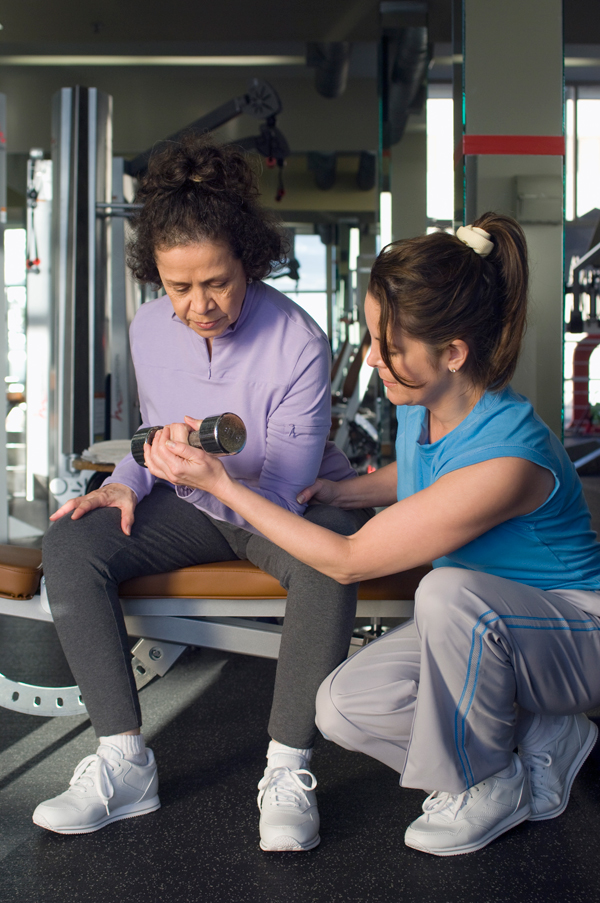 Scheduling time to work on building muscular strength and endurance is critical to a healthy and fit body. Your commitment to creating and maintaining your existing lean mass is VITAL so start with 2-3 days and build your program to suit your needs. Consider all your options (machines, free weights, body weight exercises etc.). Seek guidance from a fitness professional to assist you in planning your training especially if you lack proper training and experience – better “safe than sorry”!
Scheduling time to work on building muscular strength and endurance is critical to a healthy and fit body. Your commitment to creating and maintaining your existing lean mass is VITAL so start with 2-3 days and build your program to suit your needs. Consider all your options (machines, free weights, body weight exercises etc.). Seek guidance from a fitness professional to assist you in planning your training especially if you lack proper training and experience – better “safe than sorry”!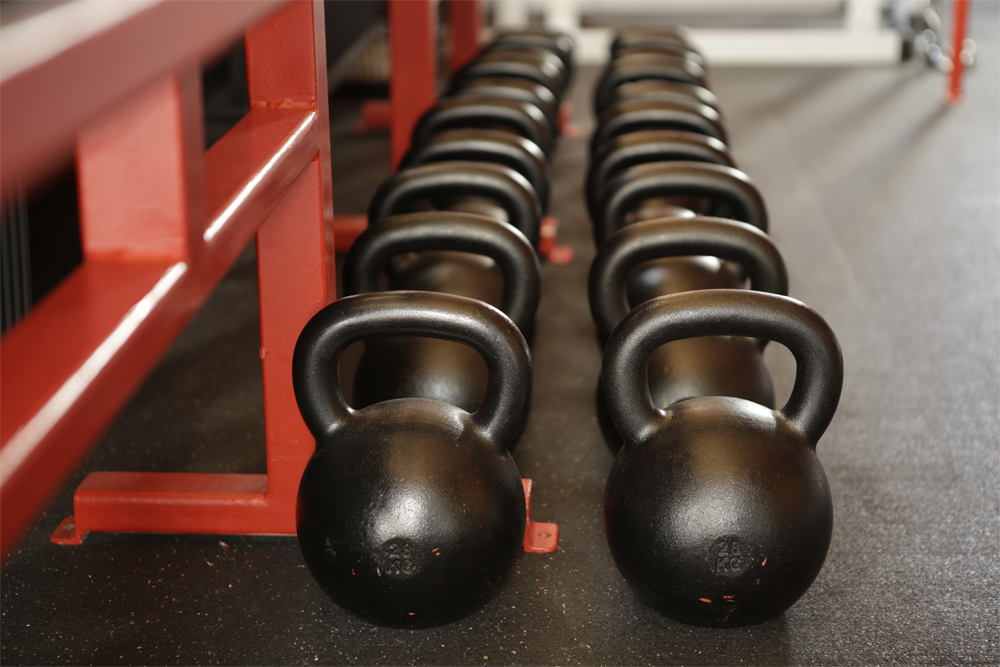
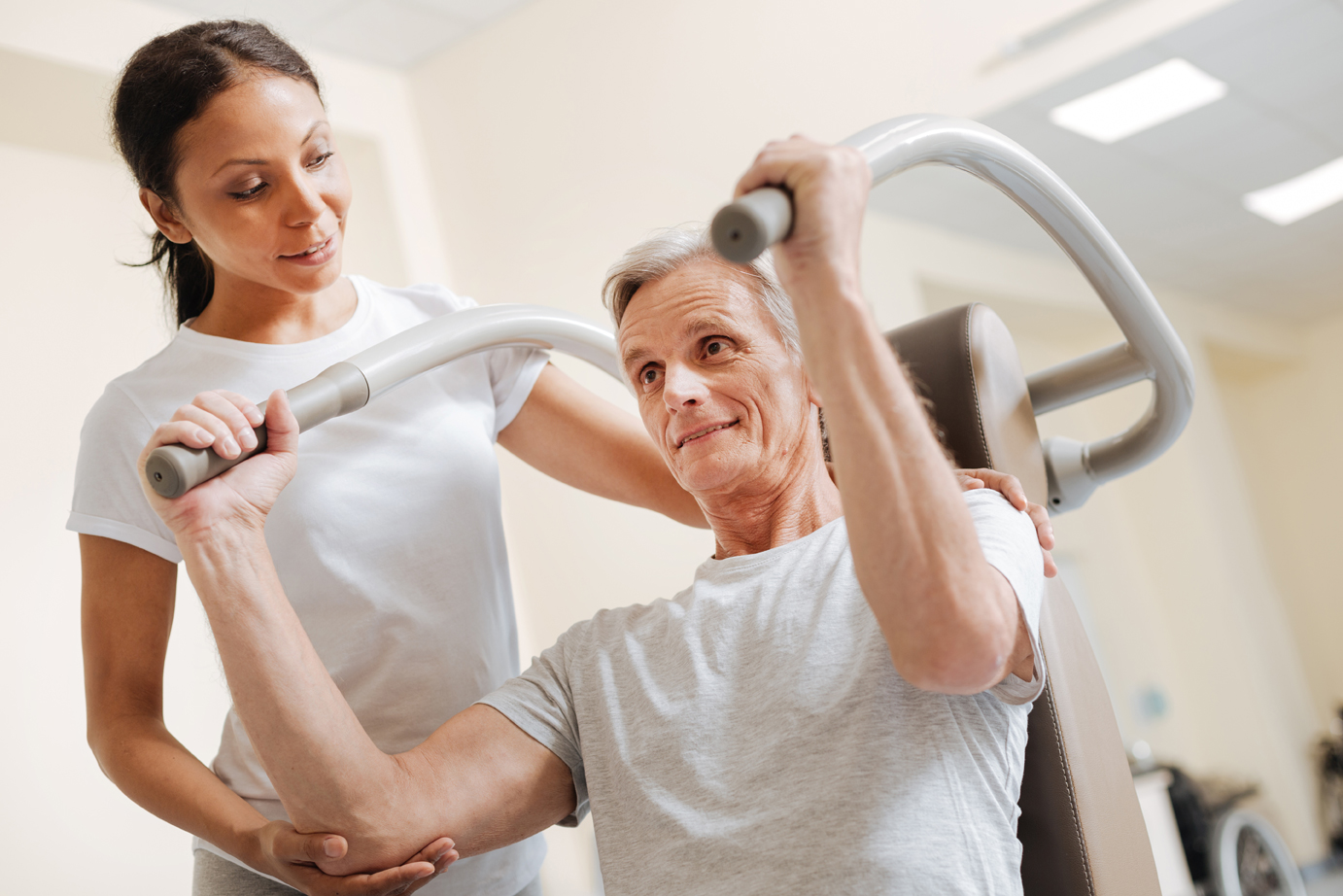
 With this thought in mind I would like to share some thoughts with you on how you might make your efforts at becoming fit more fruitful, enjoyable, engaging and successful. Take time to reflect on your current efforts in this vital area of life and think about what it is you would REALLY like to accomplish going forward in life from a new perspective on “getting in shape”.
With this thought in mind I would like to share some thoughts with you on how you might make your efforts at becoming fit more fruitful, enjoyable, engaging and successful. Take time to reflect on your current efforts in this vital area of life and think about what it is you would REALLY like to accomplish going forward in life from a new perspective on “getting in shape”.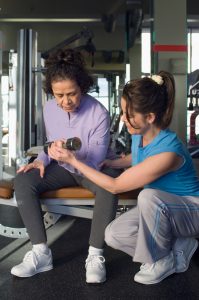 “Doing” is the backside of “being”. BE yourself FIRST as you ARE and then move forward one day at a time, one exercise at a time. If you can’t walk comfortably set your sights on training to become comfortable walking. If can’t walk upstairs without getting out of breath – or carry your groceries while you do – then add strength training to your programming.
“Doing” is the backside of “being”. BE yourself FIRST as you ARE and then move forward one day at a time, one exercise at a time. If you can’t walk comfortably set your sights on training to become comfortable walking. If can’t walk upstairs without getting out of breath – or carry your groceries while you do – then add strength training to your programming.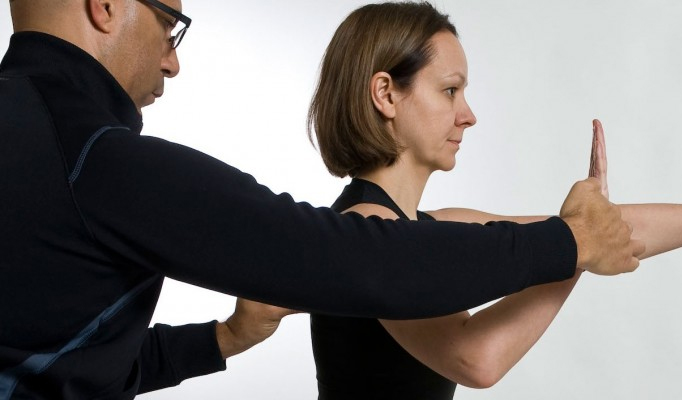
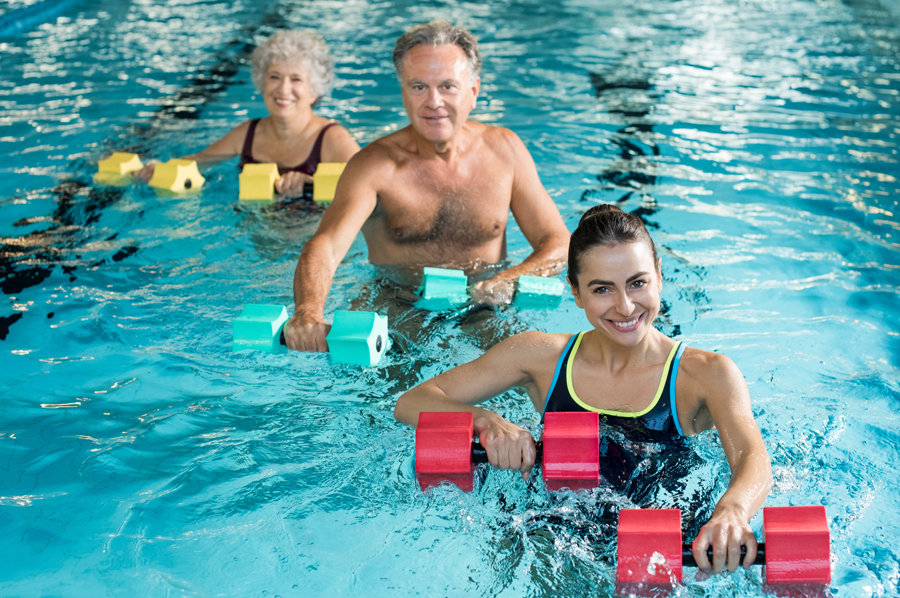
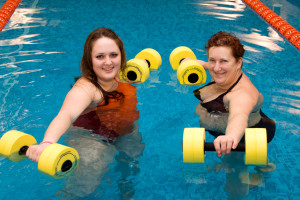 There has been extensive research to explore the various uses, aides, restrictions, and safety measures relating to the use of water and the individual who chooses aquatics as a form of therapy or training. Included in that work is a variety of patient diagnosis, current states of health and the necessary modifications for particular swim strokes, stability, and safety.
There has been extensive research to explore the various uses, aides, restrictions, and safety measures relating to the use of water and the individual who chooses aquatics as a form of therapy or training. Included in that work is a variety of patient diagnosis, current states of health and the necessary modifications for particular swim strokes, stability, and safety.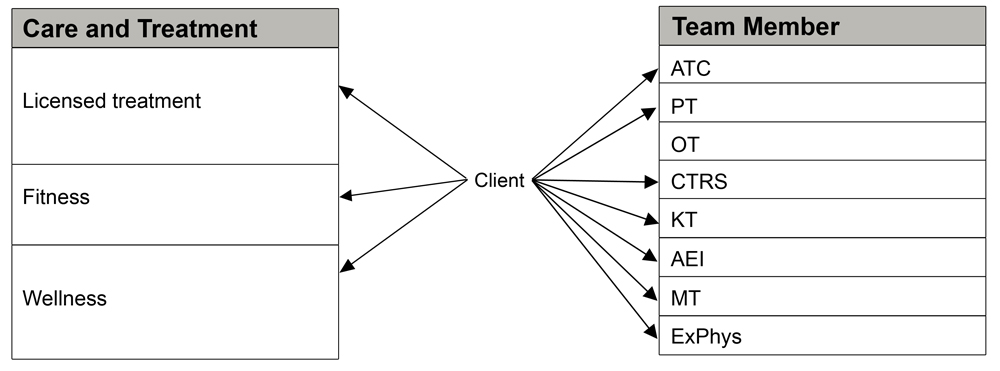
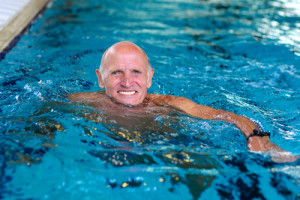 The modifications that have to be made for an individual with an upper body amputation will differ from the modifications that need to be made for someone with a lower body amputation. The location of the amputation of the limb is also relevant to the necessary adjustments. The adjustments and aides for someone who has suffered from cerebrovascular hemiparesis will be different from someone who suffers from arthritis pain or who is a paraplegic.
The modifications that have to be made for an individual with an upper body amputation will differ from the modifications that need to be made for someone with a lower body amputation. The location of the amputation of the limb is also relevant to the necessary adjustments. The adjustments and aides for someone who has suffered from cerebrovascular hemiparesis will be different from someone who suffers from arthritis pain or who is a paraplegic.
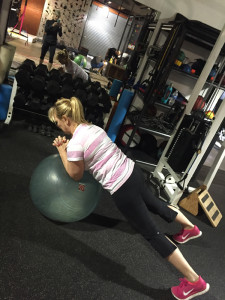 I had my first hip surgery, hip resurfacing, in 2006 when I was 49, and then in 2010, I had hip replacement surgery at age 53. My surgeon told me that life caused these problems plus a high tolerance for pain and hyper-mobility. You see, I was an athlete my whole life. I have also worked as a personal trainer my entire life and have had many clients with a variety of injuries. I know how it feels to be in pain and I got my life back.
I had my first hip surgery, hip resurfacing, in 2006 when I was 49, and then in 2010, I had hip replacement surgery at age 53. My surgeon told me that life caused these problems plus a high tolerance for pain and hyper-mobility. You see, I was an athlete my whole life. I have also worked as a personal trainer my entire life and have had many clients with a variety of injuries. I know how it feels to be in pain and I got my life back.
 Approximately 15.5 million Americans in the United States are cancer survivors. By 2026 that number is expected to reach 20 million. Anyone who has been diagnosed with cancer, from the time of diagnosis through the rest of his or her life is considered a cancer survivor. And while not all cancer survivors are older adults, many are simply because of the cumulative effect of years of lifestyle issues that are risk factors for their disease. Survivors less than or equal to 19 years old comprise 1% of the cancer survivor population, 6% of survivors are aged 20–39 years, 33% are aged 40–64 years and 60% (more than half) are aged greater than or equal to 65 years.
Approximately 15.5 million Americans in the United States are cancer survivors. By 2026 that number is expected to reach 20 million. Anyone who has been diagnosed with cancer, from the time of diagnosis through the rest of his or her life is considered a cancer survivor. And while not all cancer survivors are older adults, many are simply because of the cumulative effect of years of lifestyle issues that are risk factors for their disease. Survivors less than or equal to 19 years old comprise 1% of the cancer survivor population, 6% of survivors are aged 20–39 years, 33% are aged 40–64 years and 60% (more than half) are aged greater than or equal to 65 years. In general, physical activity is likely to be beneficial for most cancer survivors. Recommendations on the type, frequency, duration and intensity of exercise should be individualized to the survivor’s age, previous fitness activities, type of cancer, stage of treatment, type of therapy, and comorbid conditions.
In general, physical activity is likely to be beneficial for most cancer survivors. Recommendations on the type, frequency, duration and intensity of exercise should be individualized to the survivor’s age, previous fitness activities, type of cancer, stage of treatment, type of therapy, and comorbid conditions.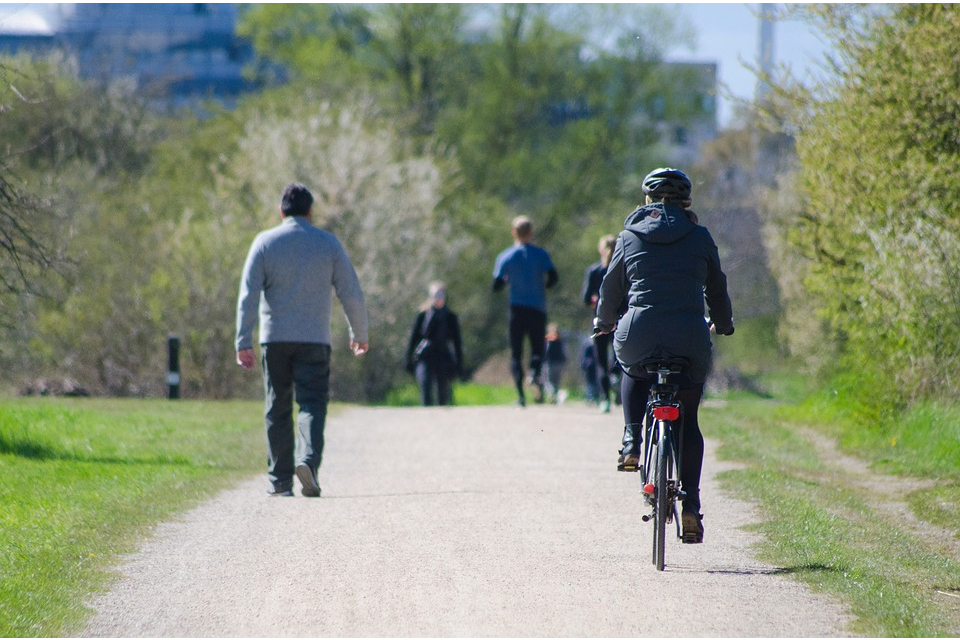
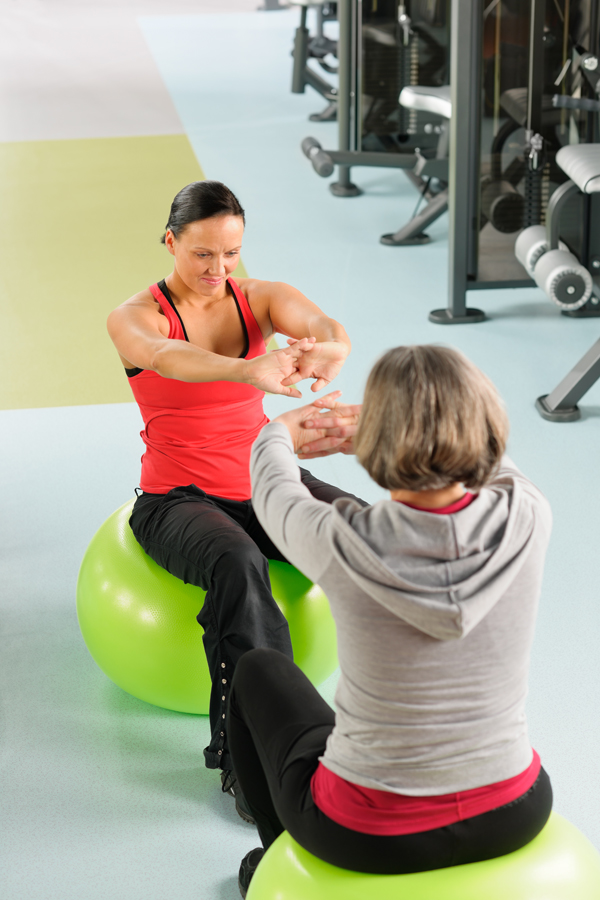 It’s well-known exercise plays a vital role in your physical health, and now studies propose staying fit in midlife may protect your brain as well, avoiding mental deterioration in later years.
It’s well-known exercise plays a vital role in your physical health, and now studies propose staying fit in midlife may protect your brain as well, avoiding mental deterioration in later years. Important to note, one’s fitness level is strongly linked to what you eat. People who are overweight as well as those who don’t eat healthfully, do not have the will, energy or capacity for regular exercise. When you eat right, you’re more likely to get fit; when you don’t eat right it is very difficult to get fit.
Important to note, one’s fitness level is strongly linked to what you eat. People who are overweight as well as those who don’t eat healthfully, do not have the will, energy or capacity for regular exercise. When you eat right, you’re more likely to get fit; when you don’t eat right it is very difficult to get fit.